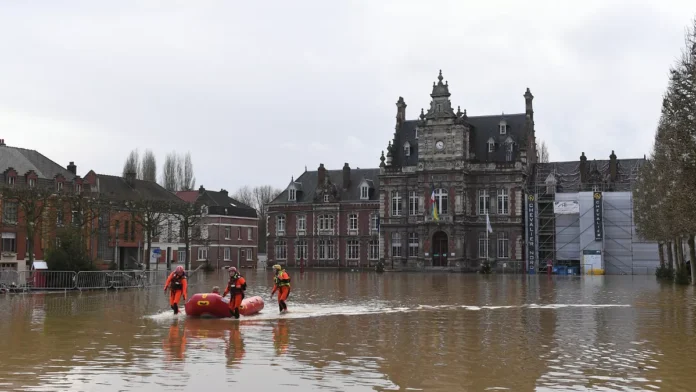
In the wake of severe flooding across central and southeastern France, 11 departments have been declared “natural disaster zones,” a designation that will open the path to insurance compensation for those affected by the deluge that struck from October 16 to 20, 2024.
The areas include Ardèche, Rhône, Loire, Alpes-Maritimes, Yvelines, Essonne, Lozère, Loire-Atlantique, Eure-et-Loir, Haute-Loire, and Corrèze. Across these regions, nearly 380 towns grappled with floods and mudslides that left a trail of destruction.
The extreme weather forced the evacuation of over a thousand residents, disrupted roads, railways, and schools, and left thousands of households without power.
The situation in Ardèche was particularly severe, with Météo-France, the national meteorological service, calling it “the most intense flooding recorded over two days since the early 20th century.”
Ardèche departmental council president Olivier Amrane remarked, “We have never experienced a disaster of such magnitude,” underscoring the catastrophic impact on local infrastructure and communities.
An initial estimate by the public insurance fund CCR pegs the flood damages across affected departments at between €350 million and €420 million.
The organization attributes the severity of the floods to prolonged rainfall in an already waterlogged September, which pushed rivers to overflow at unprecedented levels.
The heavy rainfall also reflects a national trend. Météo-France reports that France received just over a full year’s worth of rainfall in the first ten months of 2024, an anomaly not seen in 35 years.
Between January 1 and October 29, the country saw an average of 940 millimeters of rain, surpassing the typical annual average of 935 millimeters.
However, rainfall was not uniformly distributed across the country. Some areas, such as Corsica, reported 20% less precipitation than average, while the Île-de-France region, home to Paris, saw an excess of 20%.
As the disaster’s toll comes into focus, French authorities are calling for accelerated climate adaptation efforts. Agnès Pannier-Runacher, France’s Minister of Ecological Transition, linked the flooding to a broader pattern of climate change-driven weather extremes.
“These are episodes that we are going to experience more and more regularly,” she warned on October 18, signaling the need for urgent adaptive measures.
In response to the mounting climate risks, Prime Minister Michel Barnier announced a two-month national consultation on October 25 to refine France’s adaptation strategy.
This forthcoming plan will address anticipated warming of up to 4°C by the end of the century compared to pre-industrial levels, marking a dramatic increase from the current 1.7°C rise.
The adaptation plan will outline 51 measures across five core areas: population protection, risk insurance, adaptation of human activities, preservation of natural and cultural assets, and mobilization of both public and private entities.
The aim is to fortify French communities against the intensifying impacts of climate change, including extreme weather events like last month’s floods, which have upended lives and livelihoods across the country.
As France faces an era of escalating natural disasters, the government’s pledge to improve resilience may serve as a critical safeguard for communities vulnerable to the shifting climate.